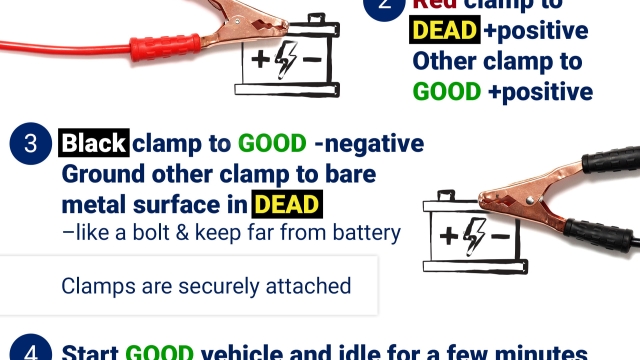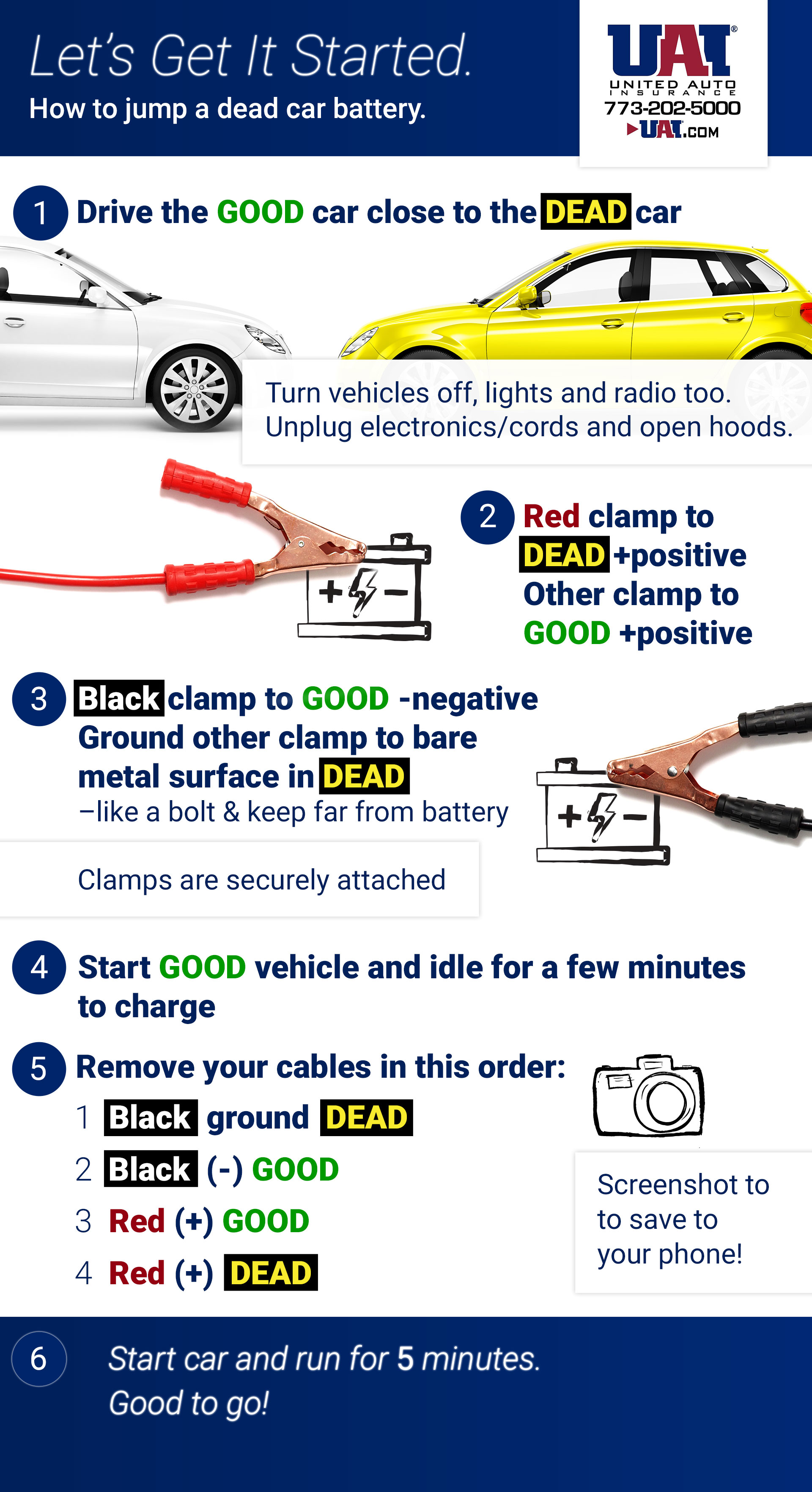
The Ultimate Guide to Car Emergencies: Jump Starts and Lockouts
Welcome to the Ultimate Guide to Car Emergencies! Whether you’ve found yourself stranded with a dead battery or locked out of your vehicle, we’ve got you covered. In this comprehensive article, we’ll explore two common car emergencies: jump starts and lockouts. With our step-by-step instructions and helpful tips, you’ll be well-equipped to handle these situations with confidence and ease. So, let’s dive in and discover how to overcome these challenges when they arise on the road.
Car troubles can strike at the most inconvenient times, leaving you feeling frustrated and helpless. However, with the right knowledge and resources, you can quickly resolve many issues on your own. From navigating the process of jump-starting a dead battery to finding your way back into a locked car, we’ll address common concerns and provide practical solutions. We understand that emergencies can be stressful, which is why we’re here to offer guidance and support.
With our expertise and the valuable insights we’ll share, you’ll be able to handle car jump starts and lockouts like a pro. Additionally, we’ll cover other essential topics such as changing a flat tire and the importance of reliable towing services. At Rick’s Emergency Roadside Assistance, we pride ourselves on being your trusted partner for 24/7 towing and roadside services in Chicago. So, let’s get started on this informative journey that will empower you to navigate car emergencies with confidence!
Car Jump Starts: How to Safely Jump Start Your Vehicle
Having a dead car battery can be a major inconvenience, but with a few simple steps, you can safely jump start your vehicle and get back on the road. Here’s a guide to help you through the process.
Firstly, ensure that you have a set of jumper cables and a second vehicle with a healthy battery. Position both vehicles so that their batteries are facing each other. Make sure both engines are turned off and the parking brakes are engaged.
Next, locate the positive and negative terminals on the dead battery. The positive terminal is usually marked with a "+" sign or a red cover, while the negative terminal is typically marked with a "-" sign or a black cover. Take a look at the battery of the second vehicle as well and identify its positive and negative terminals.
Now, it’s time to connect the jumper cables. Start by connecting one end of the red cable to the positive terminal of the dead battery. Then, attach the other end of the same cable to the positive terminal of the working battery. Now, take the black cable and connect one end to the negative terminal of the working battery. Finally, attach the other end of the black cable to a grounded metal surface on the dead vehicle, such as a bolt or the engine block.
Once all the cables are securely connected, you can start the engine of the vehicle with the working battery. Allow it to run for a few minutes to charge the dead battery. Then, attempt to start the vehicle with the dead battery. If it starts successfully, remove the jumper cables in the reverse order you connected them, being careful not to touch any metal surfaces in the process.
Car Battery Startup
Remember, safety is of utmost importance when jump starting a car. Always use caution and follow these steps precisely to prevent accidents and damage to your vehicle. If you’re unsure or uncomfortable with jump starting your car, it’s best to contact a professional roadside assistance service like "Rick’s Emergency Roadside Assistance." They are available 24/7 in Chicago and can provide you with reliable towing and roadside services, including jump starts and car lockouts.
2. Car Lockouts: What to Do When You’re Locked Out of Your Car
Getting locked out of your car can feel incredibly frustrating and stressful, but don’t worry, there are steps you can take to resolve the situation. Here are some tips to help you when you find yourself in a car lockout.
Firstly, try to remain calm and assess the situation. Check if any windows or doors are left open, as this might provide you with an easy entry point. If not, don’t panic, there are other options available.
One option is to call a trusted roadside assistance service like "Rick’s Emergency Roadside Assistance." Their 24/7 towing and roadside services in Chicago can provide you with the necessary help to get back into your car swiftly. Having a trusted partner to rely on can give you peace of mind in these situations.
Another option to consider is contacting a professional locksmith who specializes in car lockouts. They have the knowledge and tools to safely unlock your car without causing any damage. Keep in mind that this service may come with a fee, but it can be worth it to regain access to your vehicle efficiently.
Remember, being locked out of your car is an inconvenience, but it’s important to stay composed and seek the right assistance. By following these steps, you can effectively handle a car lockout situation and ensure a quick resolution.
3. Flat Tire Change: Step-by-Step Guide to Changing a Flat Tire
First, make sure you find a safe location to park your car away from the flow of traffic. Turn on your hazard lights to alert other drivers of your situation. Once you have found a safe spot, locate your spare tire, jack, and lug wrench. These tools are usually located in the trunk or under the floor mat.
Next, use the lug wrench to loosen the lug nuts on the flat tire, but do not remove them completely just yet. This is easier done before jacking up the car. Once the lug nuts are loosened, consult your car’s manual to find the proper placement for the jack. Carefully position the jack beneath the car’s frame, ensuring it is secure.
Now it’s time to raise the car off the ground using the jack. Slowly crank the jack until the flat tire is approximately six inches above the ground. Before completely removing the lug nuts, make sure the car is stable and the jack is holding it securely.
Finally, it’s time to remove the lug nuts and the flat tire. Place the lug nuts in a safe location so you don’t lose them. Grasp the flat tire firmly and pull it straight off the hub. Align the spare tire with the lug bolts and push it onto the hub until it is fully seated. Then, tighten the lug nuts by hand as much as possible.
Lower the car back down to the ground by turning the jack handle counterclockwise. Once the car is back on the ground, use the lug wrench to fully tighten the lug nuts in a star pattern. Double-check that all the lug nuts are securely tightened.
Remember, changing a flat tire can be physically demanding, so take breaks if necessary and ask for assistance if available. If you find yourself in a situation where you are unable to safely change the flat tire, it is recommended to contact a trusted roadside assistance service like Rick’s Emergency Roadside Assistance for professional help.


